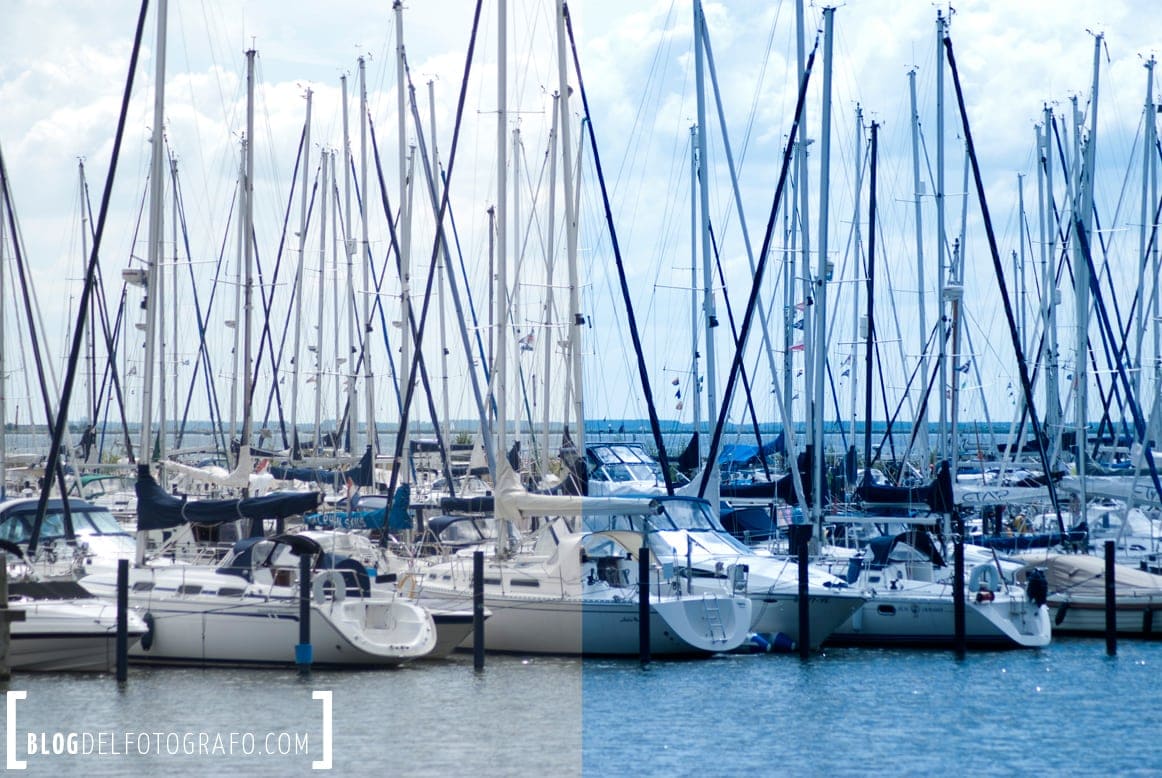You may have noticed that on several occasions I have insisted on the need to make your photos in RAW format, especially the most “important” photos, which could become your “masterpieces”.
If you have listened to me or read this recommendation several times and do not quite understand why, I bring you today a small sample illustrating the terrible difference between taking a normal photo and taking it in RAW format.
- To refresh your memory I tell you that RAW format is a format available on almost all SLR cameras.
- And that it allows us to keep intact many of the properties of the photo so that we can then adjust them to our liking.
- JPG.
- Gives us the photo already taken.
- We take it from the memory card and ready.
- We can share it.
- Send it to a friend by email.
- Upload it to Facebook.
- Etc.
- The RAW format.
- On the other hand.
- Gives us a file that contains a “future” image.
- An image not yet finished.
- Half finished.
- Half raw.
- It’s like precooked bread.
- Until you’ve cooked it completely.
- You still can’t eat it.
- Well.
- It’s the same thing.
- At the time of shooting.
- The camera takes a total and accurate capture of the scene or framing.
- And still does not apply adjustment.
- White balance.
- Exposure or anything like that.
- Captured all this.
- It is saved in a file called RAW.
This RAW file is like the negative of older analog cameras and still needs to be treated. So, once we have copied our RAW files to the computer, we have to open them with a program that specializes in processing RAW photos (I use Adobe Camera RAW, which is part of Photoshop). There, we opened the RAW and treated them, one by one, at which point we decided on this series of adjustments that were previously pending.
Once everything is set, we develop the final JPG photo from this RAW and you’re done. We already have our JPG ready to be shared, printed and used, and we can still keep our RAW file as an original negative in case in the future we want to re-develop another JPG that is different.
As I expected, here is a small sample in which you can appreciate the overwhelming possibilities offered by the RAW format, on the left you have the photo as it was taken, and on the right the photo already processed thanks to the RAW settings.
As you can see, the difference is obvious
For the most part, it has nothing to do with retouching photos, applying filters or actions or anything like that, they are simply settings that the camera normally decides and does when we convert to JPG, and in RAW we have full control.
If you want to dig a little deeper into the raw format theme, I invite you to read these two articles: Pros and cons of raw format and How to get the most out of your photos in RAW format.
As always, if you liked today’s post, don’t stop sharing it. Thanks?

